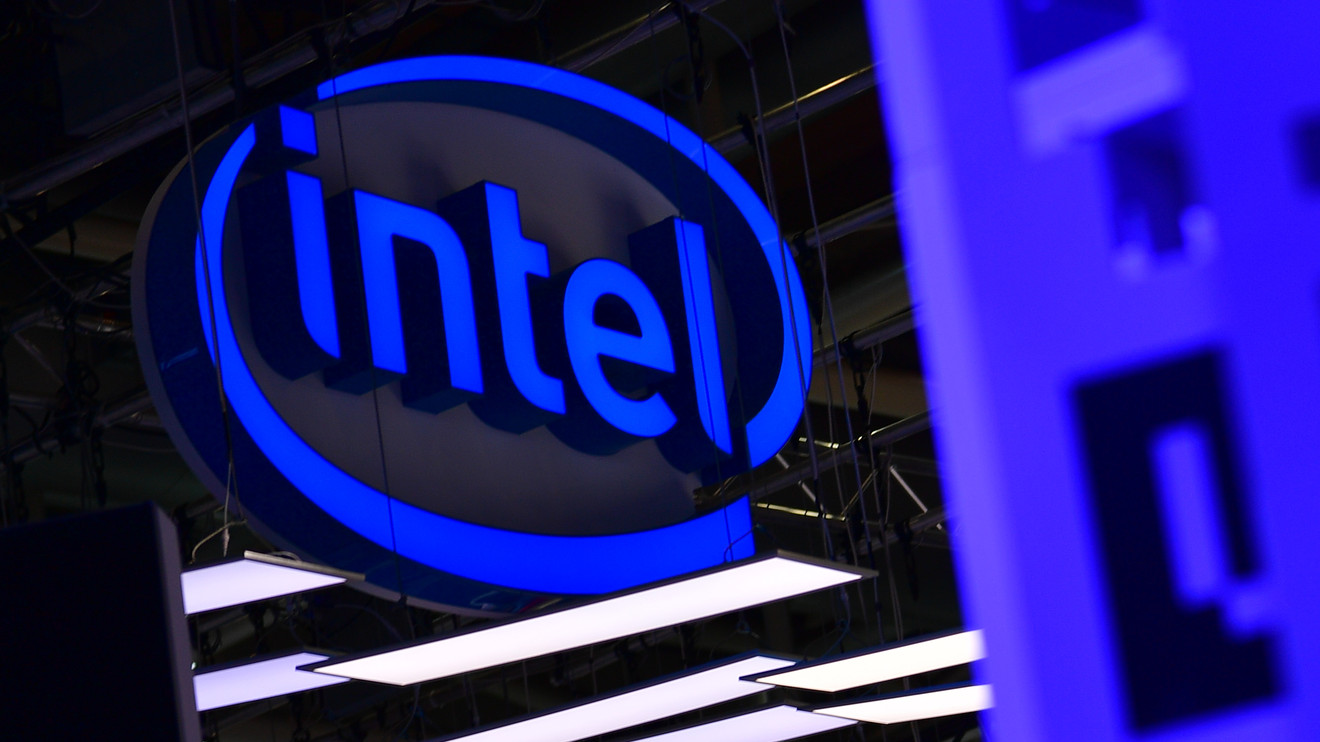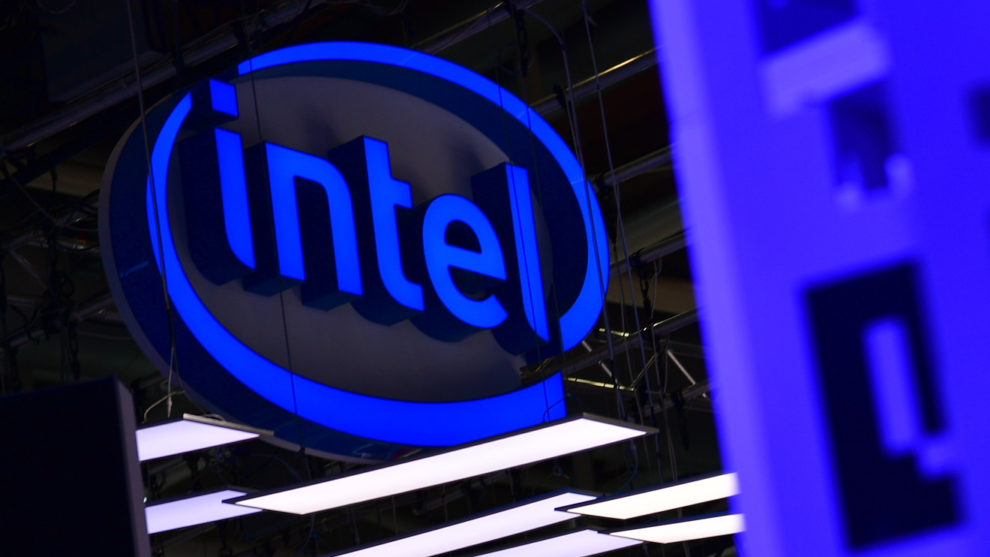
Intel Corp.’s data-center sales crushed Wall Street estimates in a Thursday report, pushing quarterly revenue atop the $20 billion mark for the first time, but the chip maker’s forecast reflected a conservative for the difficult-to-predict cloud market.
Intel shares INTC, +8.13% rallied 8.1% to close at $68.47 Friday for their best one-day performance since Jan. 26, 2018, when stock rocketed 10.6%. On Friday, shares reached an intraday high of $69.29, putting the chip maker’s market valuation at $301.41 billion, but the stock price retreated over the session, leaving Intel with a market cap of $297.84 billion at the close.
Late Thursday, the company said it expects adjusted earnings of $1.30 a share on revenue of about $19 billion for the first quarter and $5 a share on revenue of about $73.5 billion in 2020. Analysts surveyed by FactSet had forecast earnings of $1.04 a share on revenue of $17.25 billion for the first quarter and $4.66 a share on revenue of $72.41 billion for the year.
While those 2020 estimates top the consensus forecast, they reflect only 2% annual growth in sales as the company prepares to launch many new products, and the first-quarter forecast is a much wider spread. On the conference call, Intel Chief Executive Bob Swan defended the estimate by saying that visibility into sales later in the year is limited.
While the appetite for data and processing resources is “insatiable” and Swan feels “very good about how we’re positioned to capitalize on this increased demand,” the CEO said “our ability to predict the [cloud service providers’] purchasing, and then kind of digestion patterns, is relatively hard.”
“So we know from history, at some point will go into digestion mode and the buying patterns begin to slow down,” Swan said. “And it doesn’t impact medium or long-term trends, but it does impact cyclical trends over the course of the year.”
Read: Intel enjoys big rebound in cloud, but the future is still hazy
Swan also said PC sales momentum, which Intel benefited from over the past year, may slow down as refresh rates for Microsoft Corp.’s MSFT, -1.01% Windows 10 operating system dry up in the second half of the year.
For the fourth quarter, Intel reported net income of $6.91 billion, or $1.58 a share, compared with $5.2 billion, or $1.12 a share, in the year-earlier period. Adjusted earnings were $1.52 a share. Revenue rose to $20.21 billion, passing the $20 billion mark for the first time, up from $18.66 billion in the year-earlier quarter.
Analysts surveyed by FactSet had forecast earnings of $1.25 a share on revenue of $19.23 billion.
Read: How Intel figures in data-center recovery is key
Data-center group, or DCG, revenue rose 19% to $7.2 billion, while analysts expected it to rise 5.2% to $6.39 billion, while Intel’s largest segment — client-computing, the traditional PC group — rose 2% to $10 billion, with analysts expecting a 0.8% decline to $9.75 billion from a year ago.
“Intel had a great Q4 in spite of increased competition and supply challenges,” Patrick Moorhead, principal analyst at Moor Insights & Strategy, told MarketWatch. “The ‘data centric’ businesses carried the day with each business driving double digit growth, except for [field-programmable gate arrays]. Even PCs were up, which was a big surprise for me.”
“The biggest thing Intel needs to do to keep this going is to get out it’s next generation 10-nm designs out and in-market,” Moorhead said.
In chip parlance, nanometers, or nm, refers to the size of the transistors that go on a computer chip, with the general rule being that smaller transistors are faster and more efficient in using power. For more than a year, Intel has struggled to roll out its 10-nm chips while Advanced Micro Devices Inc. AMD, -2.63% has released its 7-nm chips. AMD reports its earnings after the bell on Tuesday.
Read: Intel crushes revenue expectations, but analysts just shrug
Intel reported that nonvolatile memory solutions revenue rose 10% to $1.2 billion, while Wall Street expected an 11% rise to $1.23 billion. “Internet of Things,” or IoT, revenue rose 13% to $920 million, compared with an expected 28% rise to $1.05 billion.
In comparison, the Dow Jones Industrial Average DJIA, -0.58% eclined 0.6% on Friday, both the S&P 500 index SPX, -0.90% and the tech-heavy Nasdaq Composite Index COMP, -0.93% fell 0.9%, and the PHLX Semiconductor Index SOX, -1.10% dropped 1.1%.
Intel also said its board had voted to lift its annual dividend by 5% to $1.32 a share, which is to become payable as a quarterly dividend of 33 cents a share on March 1 to shareholders of record as of Feb. 7.
On the Thursday call, Swan said Intel had bought back $3.5 billion in shares over the past three months since a share-repurchase authorization valued at $20 billion was announced.
Of the 42 analysts who cover Intel, 15 have buy or overweight ratings on its stock, while 19 have hold ratings and eight have sell or underweight ratings, with an average share-price target of $59.13.
Read on: Amazon files suit, challenging Pentagon’s $10 billion cloud contract to Microsoft
div > iframe { width: 100% !important; min-width: 300px; max-width: 800px; } ]]>











Add Comment